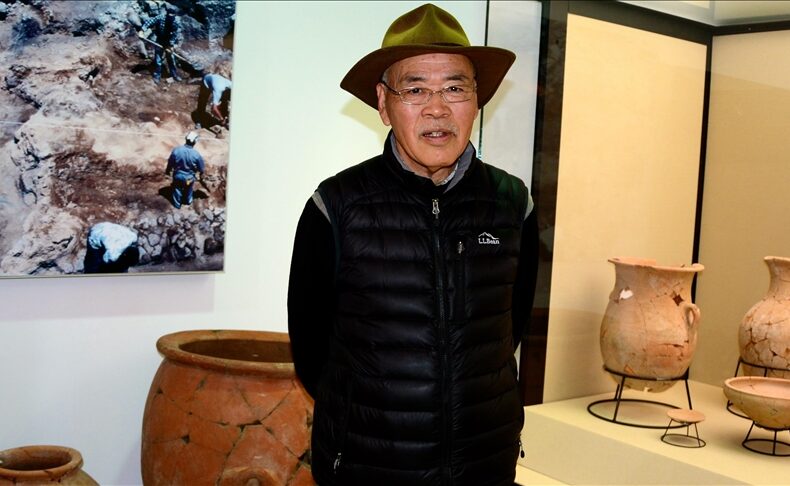
In Memory of Dr. Sachihiro Omura: A Life Devoted to Anatolia
Dr. Sachihiro Omura, a renowned Japanese archaeologist and one of the key figures in fostering academic and cultural ties between Japan and Türkiye, passed away in Kırşehir. With over five decades of dedication to Anatolian archaeology, Omura left behind an extraordinary legacy.
A Scholar’s Journey from Japan to Türkiye
Born in Japan in either 1948 or 1949, Dr. Omura first arrived in Türkiye in 1972 as a young student. Inspired by a newspaper article and driven by curiosity, his story took a remarkable turn when he met Turgut Özal—then a high-ranking Turkish official—which eventually led to his move to Türkiye.
That encounter marked the beginning of a lifelong dedication to Anatolia’s rich historical layers.
Leading the Kalehöyük Excavations Since 1985
From 1985 onward, Dr. Omura led excavations at Kalehöyük in Kaman, Kırşehir. Under his leadership, archaeologists unearthed layers of civilizations dating back over 5,500 years, including remnants from the Hittite, Roman, Byzantine, Seljuk, and Ottoman periods.
📣 Our WhatsApp channel is now LIVE! Stay up-to-date with the latest news and updates, just click here to follow us on WhatsApp and never miss a thing!!
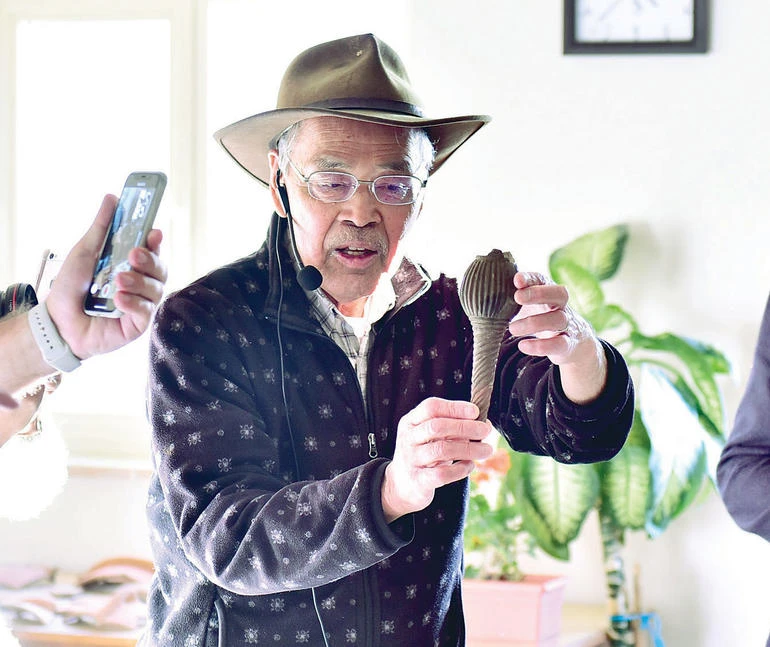
In his own words:
“This is where the world’s history lies. Anatolia is not only Türkiye’s past—it is part of humanity’s shared heritage.”
Unlike regions with singular cultural layers such as Egypt or parts of Italy, Anatolia offered a unique, multi-layered cultural record that fascinated Omura throughout his career.

Science Meets Cultural Diplomacy
In 1998, Omura founded the Japanese Institute of Anatolian Archaeology (JIAA) in the village of Çağırkan. This institution became a hub for archaeological research in the region. The Kaman-Kalehöyük Archaeological Museum and the accompanying Japanese Garden Project further solidified cultural ties between the two nations.
International Recognition
In recognition of his outstanding contributions, Dr. Omura was awarded the State Medal of Distinguished Service by the Turkish government in 2008 and the Order of the Rising Sun by Japan.
In early 2025, on the occasion of his 77th birthday, the book “It All Began with Stratigraphy and Chronology” was published, documenting his academic contributions and lifelong dedication to Central Anatolian archaeology.
A Life Rooted in Kaman
Dr. Omura spent 11 months each year in Türkiye and only one month in Japan. He lived with his wife, Dr. Masako Omura—also an archaeologist and head of the Yassıhöyük excavations—on the premises of the institute he helped build.
This article was developed based on an original report by Hilal Uştuk, published via Anadolu Agency.
You may also like
- A 1700-year-old statue of Pan unearthed during the excavations at Polyeuktos in İstanbul
- The granary was found in the ancient city of Sebaste, founded by the first Roman emperor Augustus
- Donalar Kale Kapı Rock Tomb or Donalar Rock Tomb
- Theater emerges as works continue in ancient city of Perinthos
- Urartian King Argishti’s bronze shield revealed the name of an unknown country
- The religious center of Lycia, the ancient city of Letoon
- Who were the Luwians?
- A new study brings a fresh perspective on the Anatolian origin of the Indo-European languages
- Perhaps the oldest thermal treatment center in the world, which has been in continuous use for 2000 years -Basilica Therma Roman Bath or King’s Daughter-
- The largest synagogue of the ancient world, located in the ancient city of Sardis, is being restored

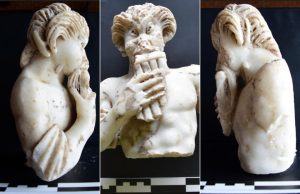
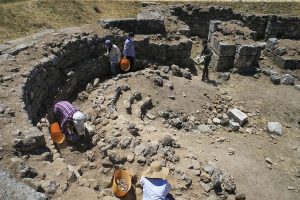
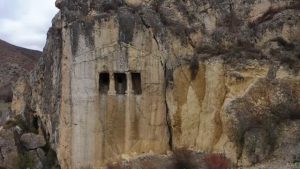
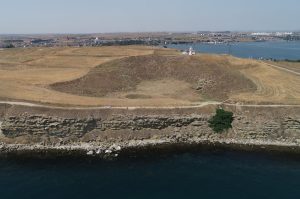
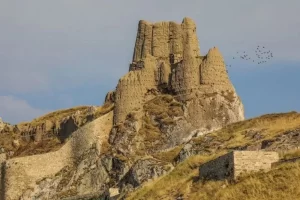
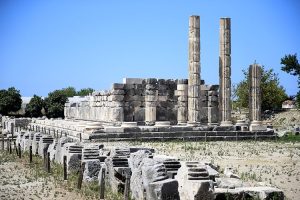
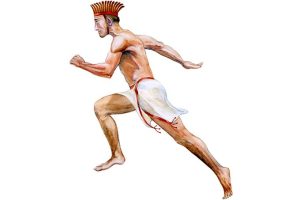

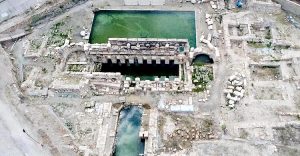
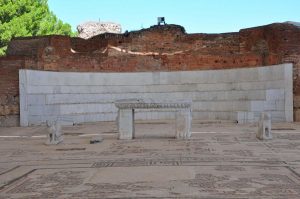
Leave a Reply